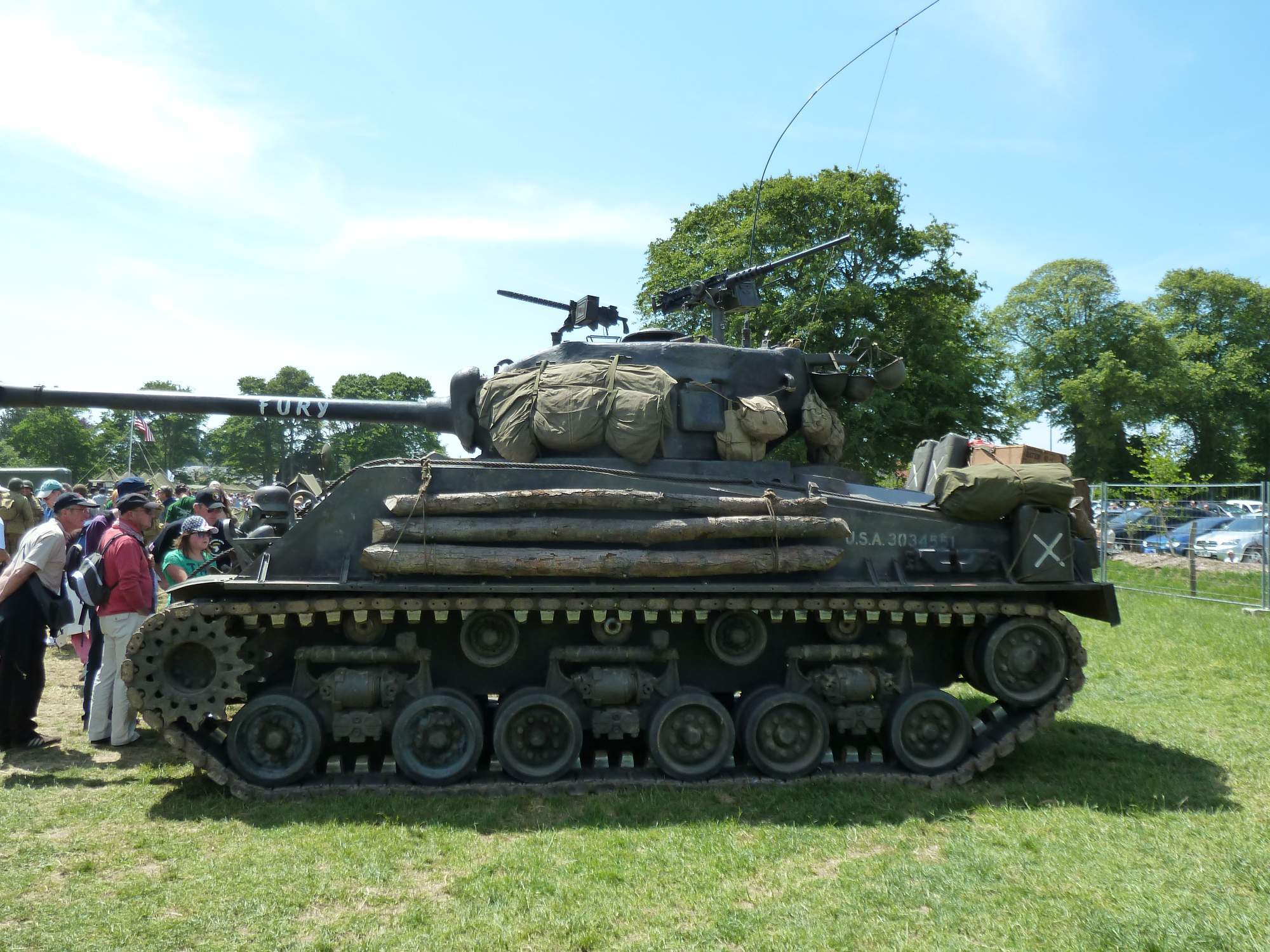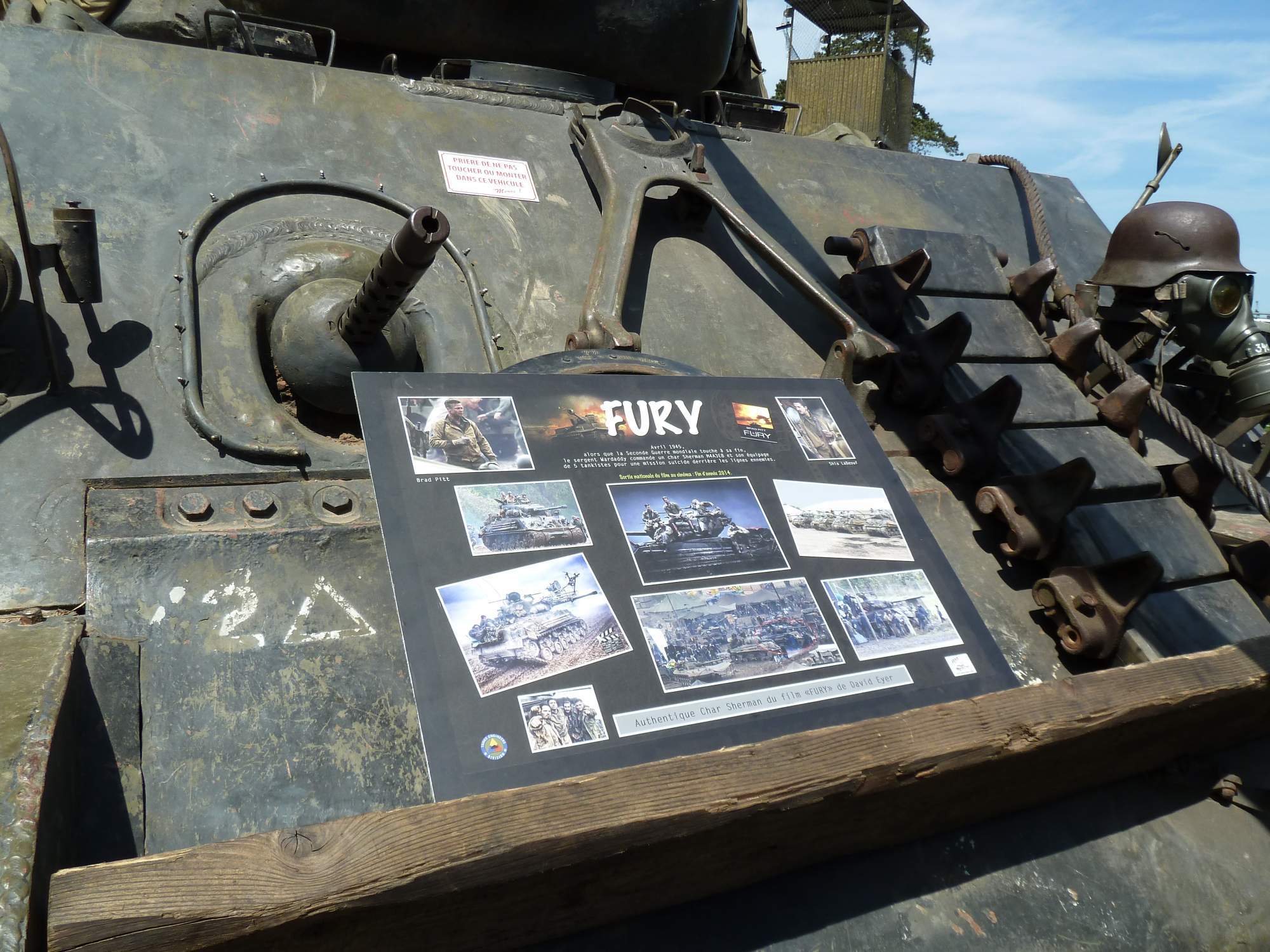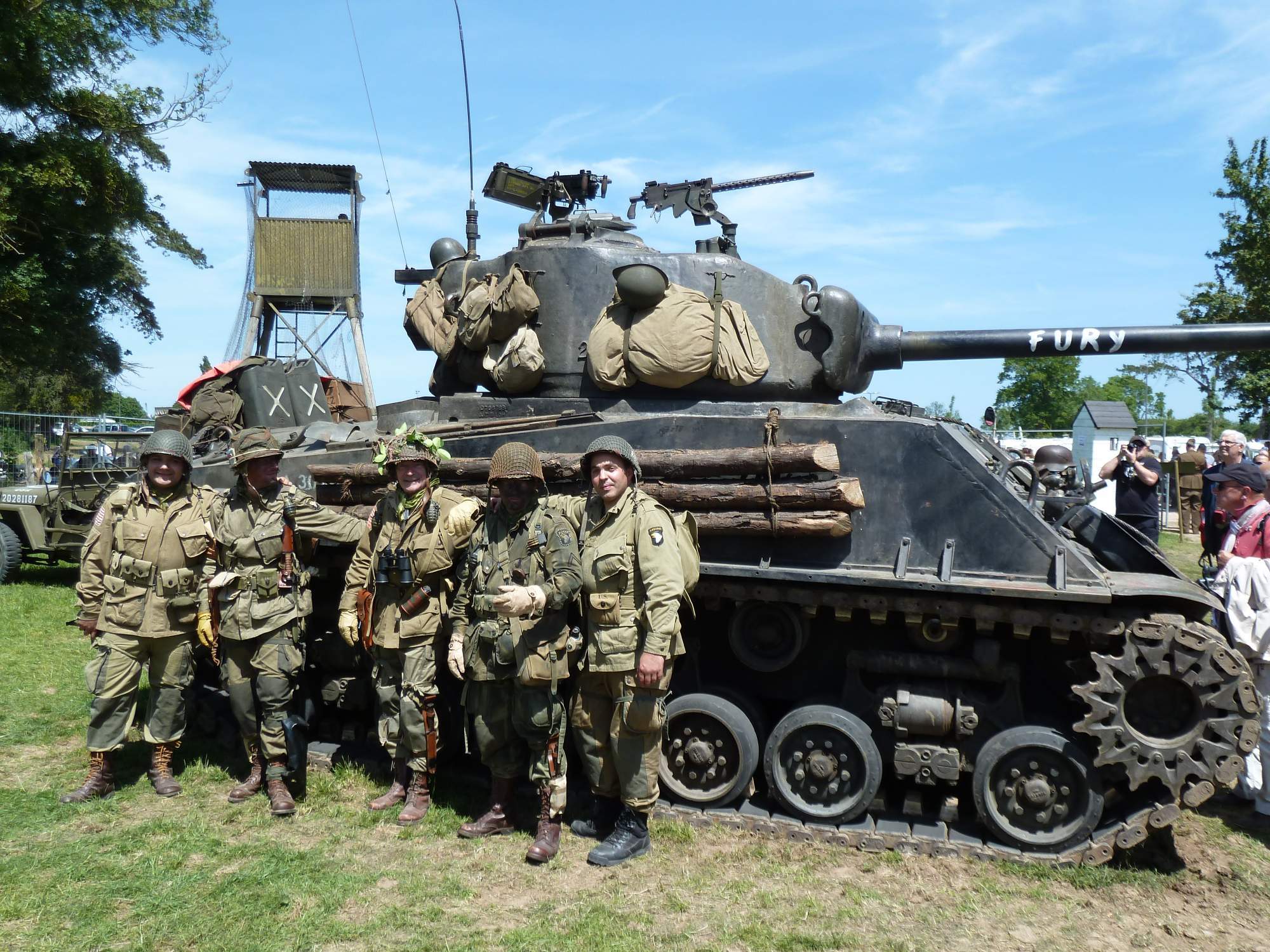Type 69-II: This is the most common version of the Type 69 family.
The Type 69-II is equipped with the a 100 mm rifled gun derived from the
100 mm gun of the Type 59. This tank incorporates a new fire control
system, which includes the TSFC 2-axis gun stabilization, a new Type 70
gunner's sight, laser rangefinder, and ballistic computer.
The Type 69-II can be distinguished from the earlier Type 59 by
the rear engine plate that has a small elliptical bulge for the cooling
fan. This version also has the driver's headlights mounted in two pairs
on the fenders, not on the hull glacis. Some of these tanks were also
outfitted with "Boom Shield" stand-off armor baskets on the turret.
DESIGN FEATURES
The Type 69 is similar to the Type 59 in appearance and general
performance. Cast turret with conventional four-crewmember hull layout.
Five large road wheels on each side. It is a relatively inexpensive and
easy to operate tank but it is of an outdated design by modern
standards. The interior is cramped and can be difficult to operate in.
ARMAMENT
The early version of the Type 69 is fitted with a
Type 69 100 mm smoothbore gun. The gun could carry 44 rounds, with a
maximum fire range of 1,000 m. Ammunitions include high explosive, high
explosive fragmentation, and armour piercing discarding sabot. The gun
was proven to be unsuccessful and was replaced by the 105 mm rifled gun
on later variants.
The Type 69-II is fitted with a Type 69-II 105 mm rifled gun, with a simplified fire-control/night observation equipment.
The Type 69-III/79 is fitted with a modified Type 83-I 105 mm
rifled gun. The gun is derived from the L7/Type-81 and capable of firing
APFSDS, HEAT, and HEAT-FRAG.
Auxiliary weapons include one 7.62 mm coaxial machine gun and a 12.7 mm anti-aircraft machine gun mounted on the command cupola.
The Type 69-II's fire control system includes a TLRLA laser
rangefinder, BCLA ballistic computer, TGSA gunner sight, and dual way
stabilisation.
PROTECTION
Wheels and tracks are protected by rubber hull
skirts. The armour protection of the turret and hull has been proven to
be inadequate during the 1991 Gulf War, as the Allies 120 mm tank gun
can easily penetrate its front armour. No smoke grenade launcher fitted.
Smoke can be generated by injecting diesel fuel in to the engine's
exhaust.
PROPULSION
The Type 69's combat weight is 36.5 tons (Type 79 is
37.5 tons). Early variants is powered by a liquid cooled, turbocharged
580 hp diesel, while Type 79 is powered by a liquid cooled 730 hp
12150L-7BW diesel engine.
This vehicle has been captured in iraq during the war.
Enjoy !
































































































